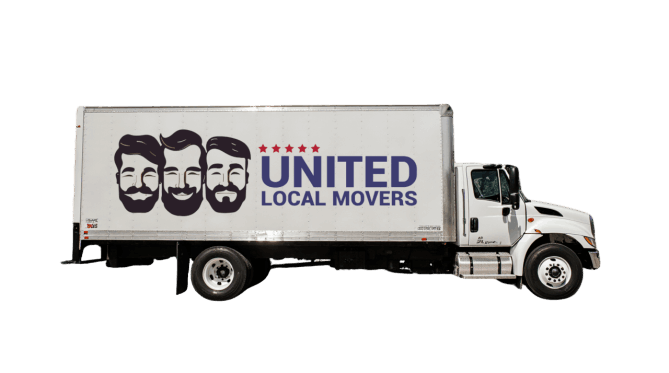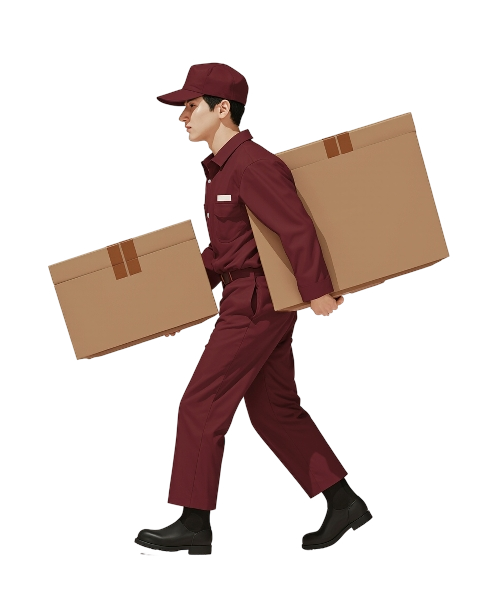Minimizing stress during a move starts with a clear timeline and a practical checklist. Relocation is one of the most overwhelming life events, and without structure, small details grow into big problems. A solid plan helps you stay ahead of deadlines, manage logistics confidently, and avoid last-minute chaos. This guide breaks down a proven moving timeline and checklists that simplify the entire process from planning to unpacking.
Your Stress-Free Move Starts with a Structured Timeline
The biggest source of moving anxiety comes from feeling unprepared. A timeline breaks your relocation into manageable steps and ensures nothing is overlooked. Even if your move happens quickly, following an organized schedule reduces pressure and keeps you in control.
8 Weeks Before Your Move: Foundations and Early Planning
This is the stage where clarity saves you time and money. Use these weeks to map out the essentials:
- Research moving companies and compare estimates.
- Define your budget and include packing materials, travel costs, deposits, and unexpected fees.
- Decide whether you need packing services or plan to pack yourself.
- Create a digital or physical moving folder for all documents.
- Begin reviewing items to keep, donate, recycle, or sell.
Ahead planning helps you avoid rush decisions — and gives you better options for movers and rentals.
6 Weeks Before: Decluttering and Inventory Planning
Decluttering is one of the most powerful stress reducers. This step shapes the size of your move, the cost, and how quickly you can pack.
- Sort each room into categories: keep, donate, sell, discard.
- Photograph high-value items for insurance purposes.
- Create a basic inventory of furniture and large items.
- Order packing materials: boxes, bubble wrap, tape, markers, covers.
Less stuff means less time, less packing, fewer boxes, and lower costs — and you enter your new home with clarity.
4 Weeks Before: Start Packing Strategically
This is where time becomes real. Start with items you won’t need next month./p>
- Seasonal clothes and sports equipment.
- Books, decor, and collectibles.
- Guest room items and spare bedding.
- Rarely used kitchen gadgets or gear.
Label each box with its room and a brief description. If you want to reduce stress even further, use a color-coding system for quick unloading and unpacking.
3 Weeks Before: Prepare Home Logistics
Administrative tasks pile up quickly, so this is the right moment to cross them off.
- Schedule utility shut-off and start dates at your upcoming home.
- Update insurance policies and renter’s coverage.
- Notify employers, schools, and services about your move.
- Arrange childcare or pet care for moving day.
- Confirm elevator reservations or building access rules.
Completing these steps in advance prevents last-minute surprises and anxiety.
2 Weeks Before: Finish Most of Your Packing
Two weeks out, your goal is to complete about 70–80% of packing.
- Pack linens, extra towels, office supplies, and hobby materials.
- Start dismantling furniture you won’t need.
- Prepare boxes with fragile items carefully and cushion them well.
- Separate valuables and documents for personal transport.
This is also the time to dispose of hazardous items movers won’t take: chemicals, paint, aerosols, open liquids, and perishables.
1 Week Before: Prepare Essential Boxes and Daily Needs
Your final week is all about reducing chaos on move day.
- Create a “first-night essentials box” with toiletries, bedding, chargers, basic kitchen items, and medications.
- Pack a personal suitcase for each family member.
- Confirm moving company details, arrival time, and payment method.
- Finish cleaning and prepare your old home for walkthrough.
When essentials are organized ahead of time, moving day becomes significantly smoother and less stressful.
Moving Day: Your On-the-Ground Checklist
Move day can bring a lot of pressure, but with a structured approach, it becomes manageable and predictable.
- Ensure parking or access for the truck is available.
- Walk movers through your home and identify fragile or high-value items.
- Keep documents, keys, and essential items with you.
- Do a final room-by-room check before leaving.
Stay hydrated, take breaks, and do not rush decisions — your timeline works for you.
After the Move: Unpacking and Settling Without Stress
Unpacking doesn’t need to happen all at once. A structured pace keeps stress low and helps you settle into your renovated space comfortably.
- Unpack room by room, starting with the kitchen and bedrooms.
- Organize boxes in common areas before breaking them down.
- Set up daily-use spaces first so your home feels functional quickly.
- Update your address with USPS, banks, and subscriptions.
This stage is about rebuilding comfort and routine — not rushing.
How United Local Movers Help Reduce Stress Throughout Your Move
A moving timeline is powerful, but professional support can eliminate most of the stress entirely.
United Local Movers helps customers create personalized plans based on home size, moving distance, and individual needs.
- Full structured timelines
- Packing and unpacking services
- Loading and unloading coordination
- Storage options for flexible schedules
- Expert support for complex moves
A well-organized move saves time, reduces mistakes, and ensures a calm transition into your new home.
Your Clear Path to a Calm, Organized Move
By following realistic timelines, using practical checklists, and working with experienced movers like
United Local Movers, you can transform your relocation into a smooth, predictable, and stress-free experience. The key is preparation — and starting early.





